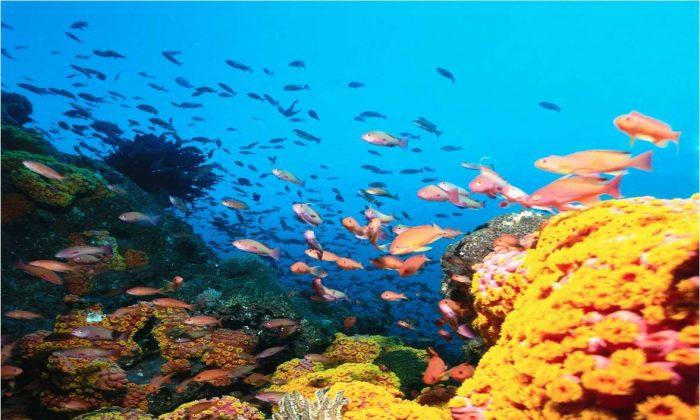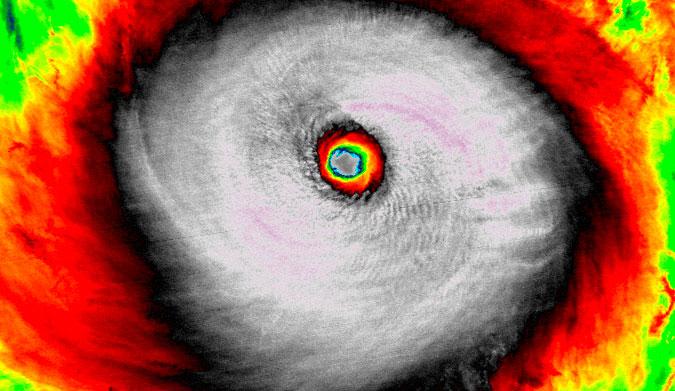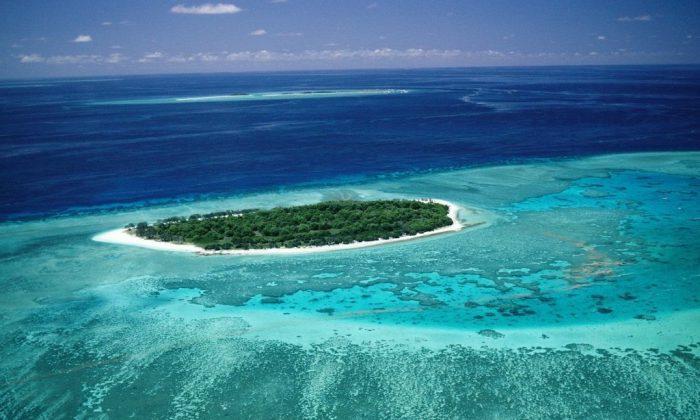I always associate the phrase “rising mercury” with ‘skyrocketing’ temperatures. I grew up in the tropics in an age before digital thermometers. An increase in the height of that silvery column meant more unpleasantness ahead.
But now scientists at Dartmouth University publishing in the journal Plos One have found that rising ocean water temperatures bring about an increase in the amount of mercury in fish.
So how does this happen?
Mercury is released into the air through industrial pollution. It falls with the rain in the many forms including methylmercury and is extremely toxic. Mercury isn’t the kind of material we want in our bodies; it hangs around for a long time and causes a variety of problems including damage to the brain, kidney, and lungs. Mercury poisoning can result in several diseases, including acrodynia (pink disease), Hunter-Russell syndrome, and Minamata disease .
Mercury irreversibly inhibits selenium-dependent enzymes. Affected children show red cheeks, nose and lips, loss of hair, teeth, and nails, transient rashes, hypotonia (muscle weakness), and increased sensitivity to light, kidney failure, and mental impairment.
Consumption of whale and dolphin meat, as is the practice in Japan, is a source of high levels of mercury poisoning. Tetsuya Endo, a professor at the Health Sciences University of Hokkaido, has tested whale meat purchased in the whaling town of Taiji and found mercury levels more than 20 times the acceptable Japanese standard and yet the consumption of whale and dolphin goes on.
It now seems that the higher water temperatures cause fish to eat more foods containing mercury but grow less so the amount of accumulated poison in the fish increases before it’s caught. The Dartmouth study helps to explain the dangerously high levels of mercury in shark and many food fish.
European food Safety Alerts are issued by the EU. Shark products have been in the recent spotlight with 27 warnings of mercury contamination, 4 warnings of PCB contamination, and 2 for dangerous levels of the heavy metal cadmium.
But it isn’t just sharks that are becoming dangerous to eat. In the 20 months from February, 2012 through September, 2013 an incredible 109 warnings were issued for 10 non-shark fish species.
SPECIES........NOTIFICATIONS.........MERCURY LEVEL
Swordfish..............86......................4.95 ppm
Tuna.....................9......................1.70 ppm
Marlin....................4......................7.40 ppm
Amberjack..............2......................2.69 ppm
Snapper.................2......................1.30 ppm
Hake.....................1......................1.56 ppm
Escolar..................2......................1.36 ppm
Red Scorpion...........1......................1.10 ppm
Sea Bream..............1......................0.64 ppm
Moonfish.................1......................0.65 ppm
TOTAL.................109
Even at the unacceptably high mercury level of one part per million (ppm), some of the world’s most important commercial species should be taken off the menu. But some of our seafood favorites were as much as 5 times that dangerous level.
The problem is that we all value large fish; bigger is better. And fishermen like to catch large fish for higher profits. Unfortunately, we are creating health problems when we do so. The bigger the fish, the higher the mercury.
Asia is particularly susceptible to this problem because of high pollution levels and large amounts of seafood in the diet.
The Japanese are known for risking their lives by eating Fugu, the toxic puffer fish. Now Asians run the same risks when they celebrate their success with shark fin soup. It’s hard to see where this problem is going.
We produce ever increasing amounts of toxic air pollution and global warming seems to increase the amount that ends up in our seafood. Centuries of tradition have groomed us to eat what are now dangerous food species.
Until the world does something about pollution, we have no choice but to avoid larger fish and shark products to maintain food quality and protect our health.




